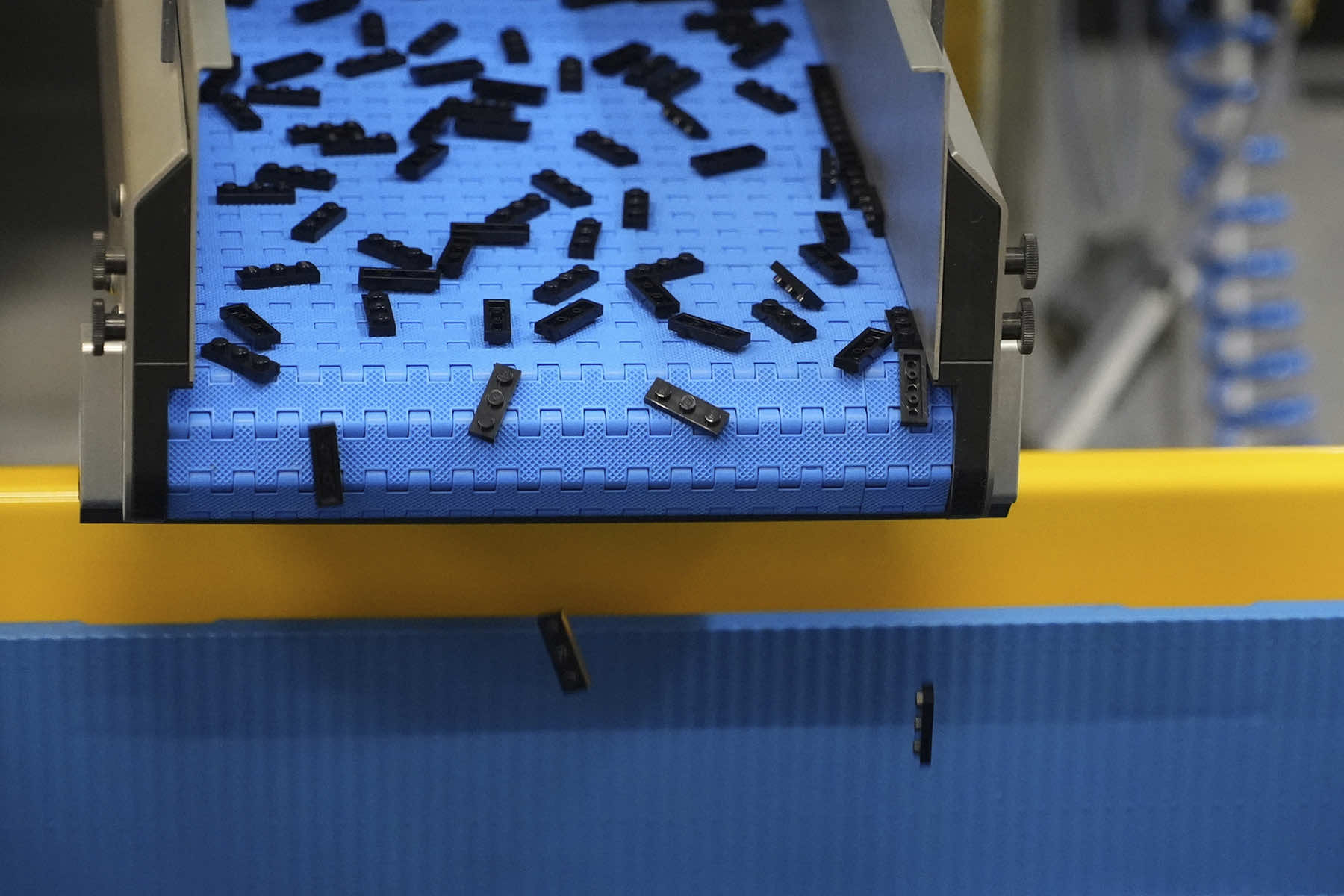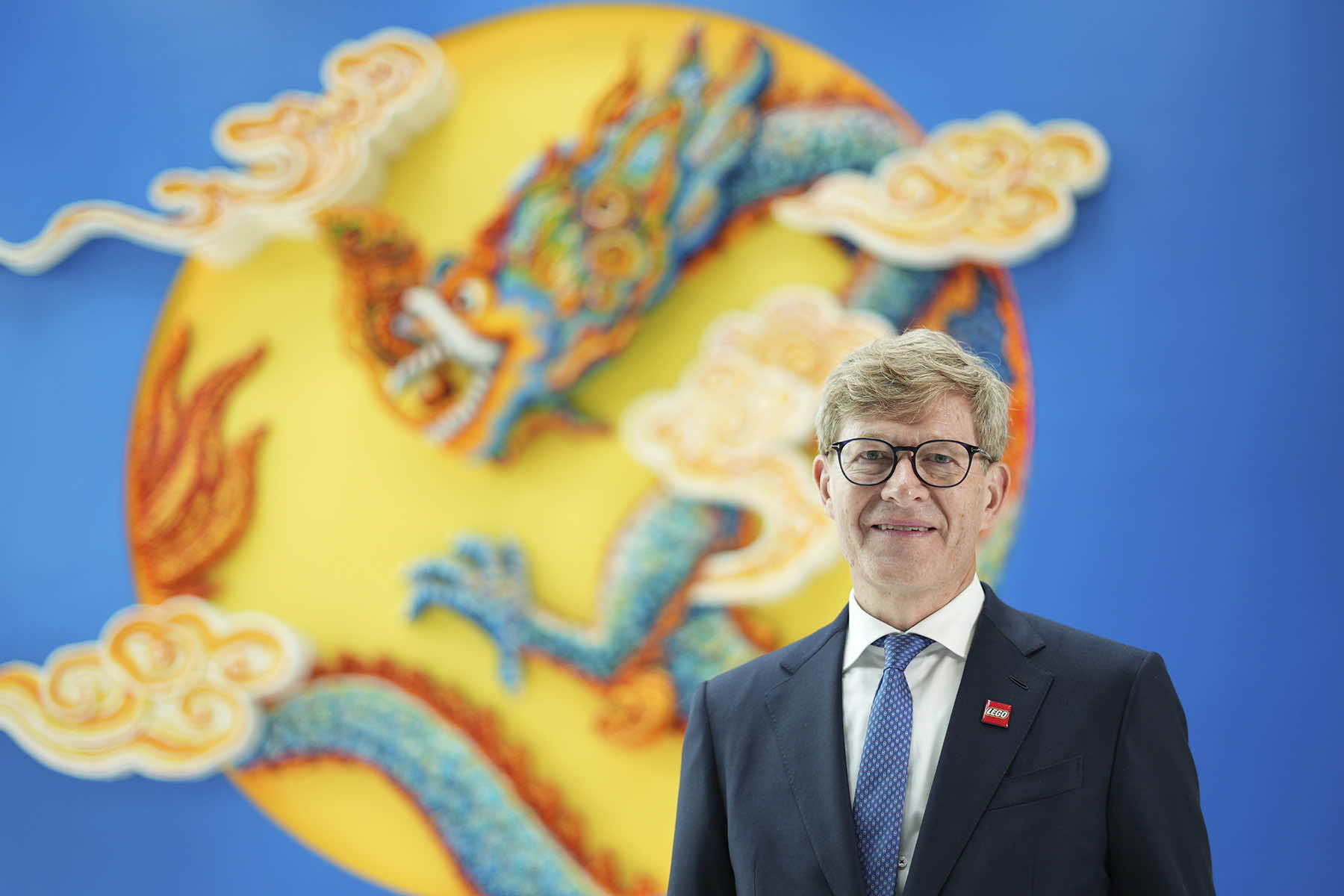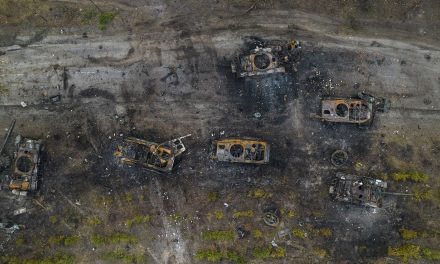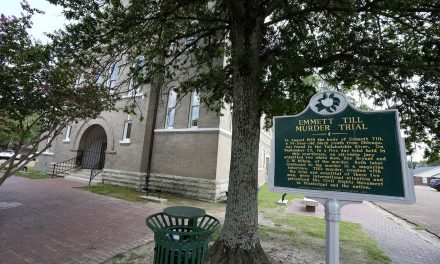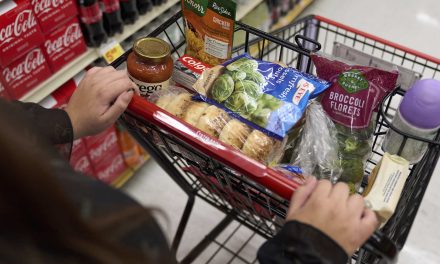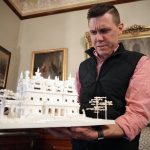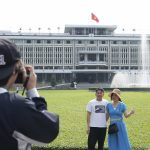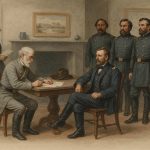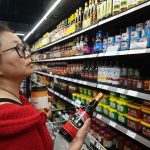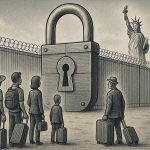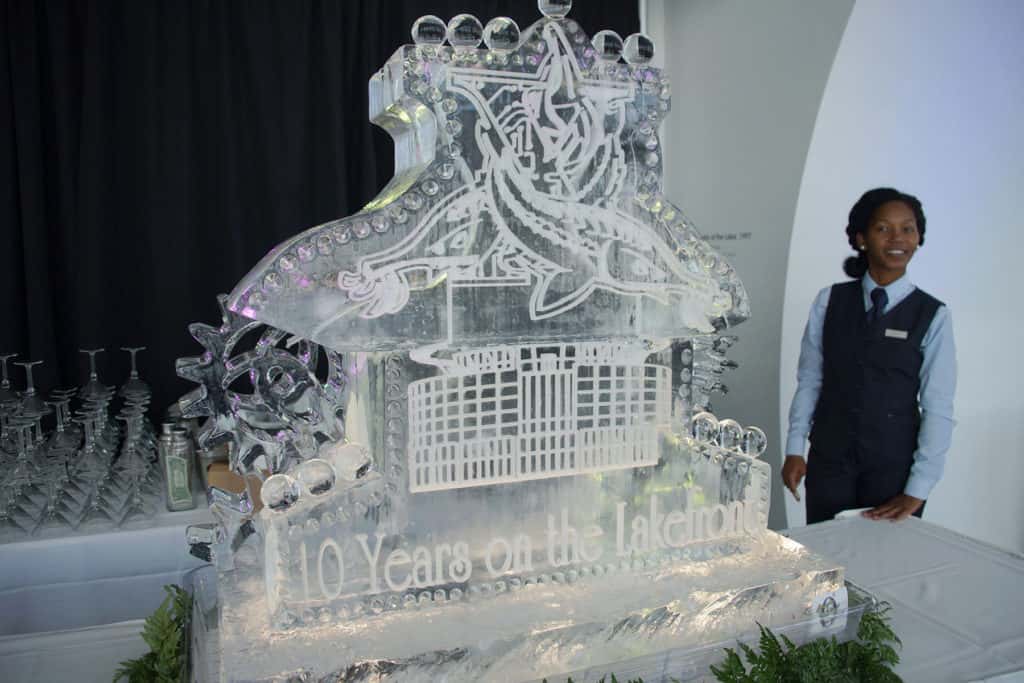
Lego opened a $1 billion factory in Vietnam on April 9 that it says will make toys without adding planet-warming gas to the atmosphere by relying entirely on clean energy.
The factory in the industrial area of Binh Duong, close to Ho Chi Minh City, is the first in Vietnam that aims to run entirely on clean energy. Lego says it will do that by early 2026.
It’s the Danish company’s sixth worldwide and its second in Asia. It will use high-tech equipment to produce colorful Lego bricks for Southeast Asia’s growing markets.
“We just want to make sure that the planet that the children inherit when they grow up needs to be a planet that is still there. That is functional,” Lego CEO Niels Christiansen told The Associated Press.
The factory is an important factor in Lego’s quest to stop adding greenhouse gases by 2050. It has a shorter-term target of reducing emissions by 37% by 2032. The privately held group makes its bricks out of oil-based plastic and says it has invested more than $1.2 billion in a search for more sustainable alternatives. But those efforts have not always been successful.
Fast-industrializing Vietnam also aims to achieve net-zero emissions by 2050, so it needs more of its factories to use clean energy. The country hopes the plant’s 12,400 solar panels and energy storage system will help set a precedent for more sustainable manufacturing.
The blocks are made from differently colored plastic grains that are melted at high temperatures and then fed into metal molds. The highly-automated factory uses robots for making the bricks to a tenth of a hair’s width precision and then packaging them.
It eventually will employ thousands of mostly skilled workers to operate these machines, Some of them have already begun work after being trained in in Lego’s factory in eastern China.
Manufacturing makes up a fifth of Vietnam’s GDP and consumes half the energy it uses. There are plans to phase out its coal power plants by 2040.
The Lego factory, which spans 62 soccer fields, sets the “blueprint” for making large, power-guzzling factories sustainable while remaining profitable, said Mimi Vu, a founder of the consultancy Raise Partners in Ho Chi Minh City.
“Sometimes it takes a big company, like Lego, to take those risks. To show that we can do it … And we can be profitable,” Vu said.
The factory will benefit from a new 2024 rule known as a direct power purchase agreement or DPPA, which allows big foreign companies to buy clean energy directly from solar and wind power producers and to meet their clean energy requirements.
The factory will be linked to an adjacent energy center where electricity can be stored in large batteries.
“So even if the sun is only shining during the day, we store the energy and can use it all over. That will cover by far the majority of the consumption of the factory,” added Christiansen,
The remaining 10%-20% of the factory’s energy needs will be met through agreements with other clean energy producers.
“Lego and Vietnam, we are having the same aspirations. We both want to be green, to play our part in the climate. And I think this with the solar and battery and DPPA, it is showcasing that it can be done,” Jesper Hassellund Mikkelsen, Senior Vice President Asia Operations at the LEGO Group told The AP.
The company will also open a distribution center in Vietnam’s southern Dong Nai province to help serve markets in Australia and other Asian countries where it sees an opportunity for growth. Locating the Lego factories in regions they supply helps to insulate them from the tariffs ordered by U.S. President Donald Trump, Christiansen said.
“Right now, I am probably more observant of what does this mean to growth in the world? Do we see consumer sentiment changing in parts of the world or not, and what would that potentially mean?” he said.
The five buildings in the factory meet high energy efficiency standards. Lego also has planted 50,000 trees – twice the number of trees it cut to clear land for the factory. It’s the first Lego factory to replace single-use plastic bags with paper bags for packaging.
Lego’s founder, Ole Kirk Kristiansen, started the company as a wooden toy maker before patenting the iconic plastic bricks in 1958. It is still is seeking a way to make its plastic bricks more environmentally friendly.
Christiansen said Lego bricks last decades and could be reused, though the ultimately ambition is to make them out of more renewable materials. He said that a third of the materials used in Lego bricks made last year were from renewable and recycled sources. But that’s more expensive than plastic made out of fossil fuels.
“It’s not inexpensive at this point in time, but we believe if we … lean into that, we help create a supply chain for the type of plastic materials that are not based on fossil fuel,” he said.





